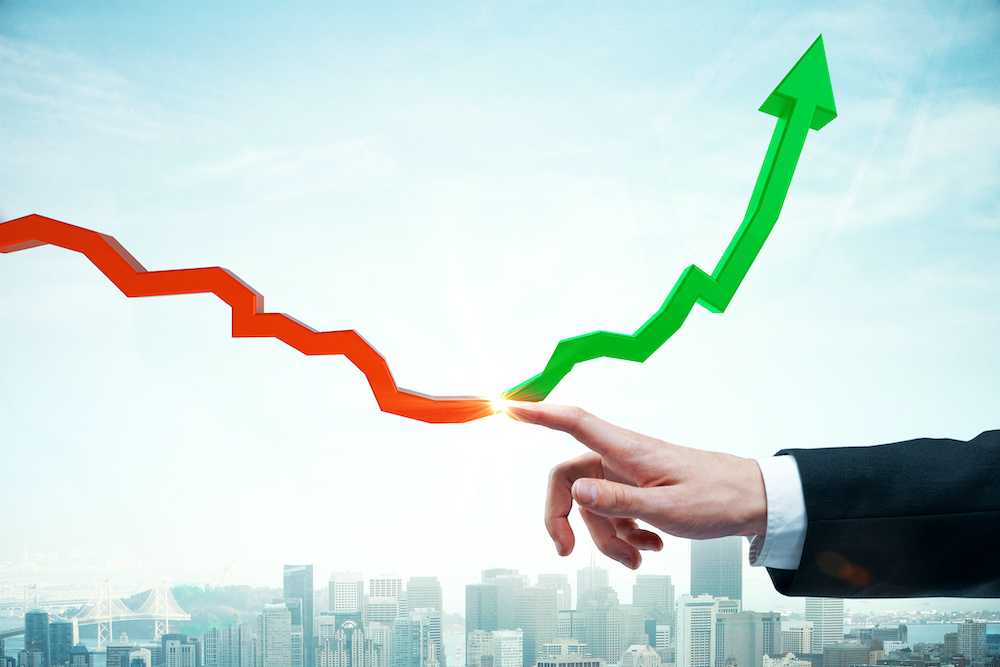Official and market Australian economic growth forecasts underestimated the speed and power of recovery through the second half of 2020 and remain at risk of overestimating how long it will take for the economy to recover to its pre-covid-19 growth trajectory. The idea that the economy will take a long time to recover prevails among analysts notwithstanding evidence that the recovery is speeding up. If the quicker, stronger recovery continues the current universal view among analysts that exceptionally low interest rates will persist for the next two years and more will need to adjust.
Why have analysts been glum in the face of months of better-than-expected reports of Australian growth in jobs, housing, retail sales, exports, and GDP? The answer is that downside risks to economic growth from lockdowns, border closures and uncertainty surrounding flare ups in covid-19 are easier to identify than the benefits to the economy from the government’s policy response and the adaptability of Australian businesses and households. In particular, the households’ financial position has been stronger than analysts expected.
The lift in household disposable income late in the recession and after has been bigger than expected allowing households to save and spend more. The Government’s income support measures plus a bigger-than-expected post-recession lift in employment boosted household disposable income by 3% q-o-q in Q2 2020 and 3.4% in Q3. Q4 will be released in early March and will show 3%+ growth in income.
This massive lift in household disposable income has generated high savings and spending. Prior to covid-19 the household savings ratio was around 5% to 6% of disposable income each quarter. That lifted to 7.6% in Q1 2020 before jumping to 22.1% in Q2 cutting household spending. In Q3 the household savings ratio fell to 18.9%. The change between Q2 and Q3 (3.2 percentage points of household disposable income), together with the lift in household disposable income in the quarter, funded rising household spending.
Not only was household spending rising but covid-19 restrictions were forcing a compositional change. Household spending shifted sharply towards Australian produced services. Before covid-19 Australians were one of the world’s biggest purchasers of international travel services on a per head basis. Australians spent far more on international travel than overseas travellers spent in Australia – regularly $A2 to $A3 billion a month more. Restrictions on international travel have redirected that spending to support Australian GDP rather than the GDP of overseas countries.
Robust household spending has been more focused on domestically sourced goods and services adding to GDP growth and fostering quicker-than-expected employment growth.
Identifiable hurdles to Australia’s economic recovery remain. Negligible net immigration has slowed population growth and it will stay slow through 2021 at least. Government income support programs are scheduled to step down again at the end of March and there are still household and business borrowers on loan repayment holiday – although the numbers returning to regular repayments are rising quickly and with less stress than expected.
What has and will continue to allow the recovery to surmount these hurdles is the ability of the household sector to continue to tap into savings to help fund greater spending. The household savings ratio was still exceptionally high at 18.9% in Q3 and we estimate will be lower by two or three percentage points when Q4 numbers are released in March. It takes confidence for households to dig into savings and spend. Recent retail sales and housing finance data show buckets of confidence through much of Q4.
Retail sales rose 7.1% m-o-m in November and were up more than 13% y-o-y. The value of home loan commitments rose 5.6% m-o-m in November and were up 23.7% y-o-y. Bear in mind that the base for the year-on-year comparison is November 2019 when the economy was doing well two months before covid-19.
The lift in housing finance numbers will feed spending on housing adding to the stronger-than-expected lift in home sales and prices since mid-2020.
In the first half of 2021, rising household income driven by higher employment numbers rather than government support programs plus a falling household savings ratio will drive robust growth in housing and retail sales. Analysts’ economic growth forecasts may continue to struggle to keep up.
Stronger than expected GDP growth will lift the economy to capacity more quickly than expected and drive a return to higher inflation not far beyond 2021. We maintain our view that the cash rate will stay at 0.10% through 2021 and 2022, but we will keep the forecast under review pending more evidence of economic strength. If economic recovery progresses as outlined above it could force an RBA rate hike in 2022.

